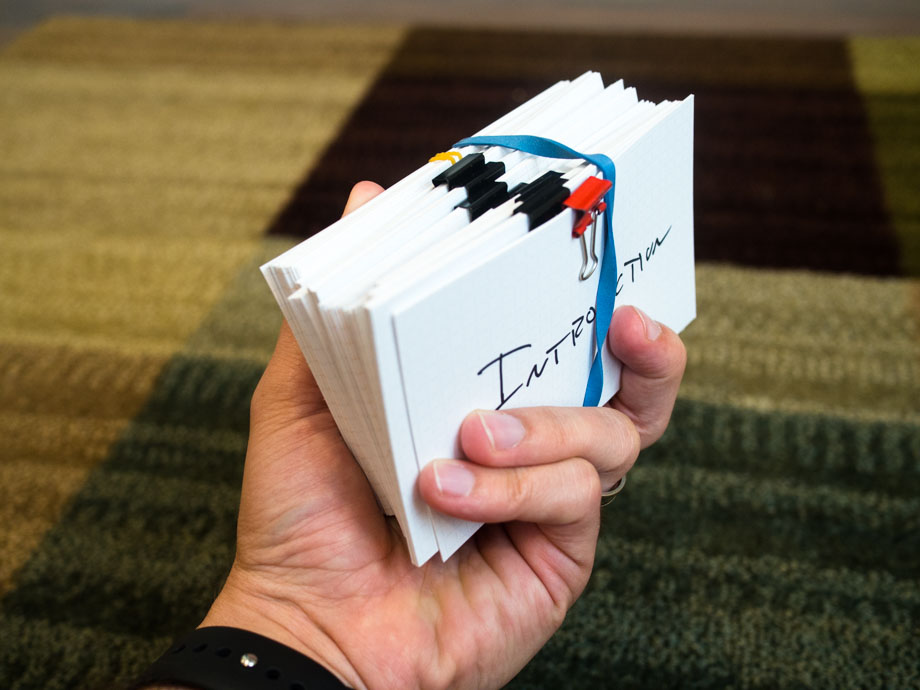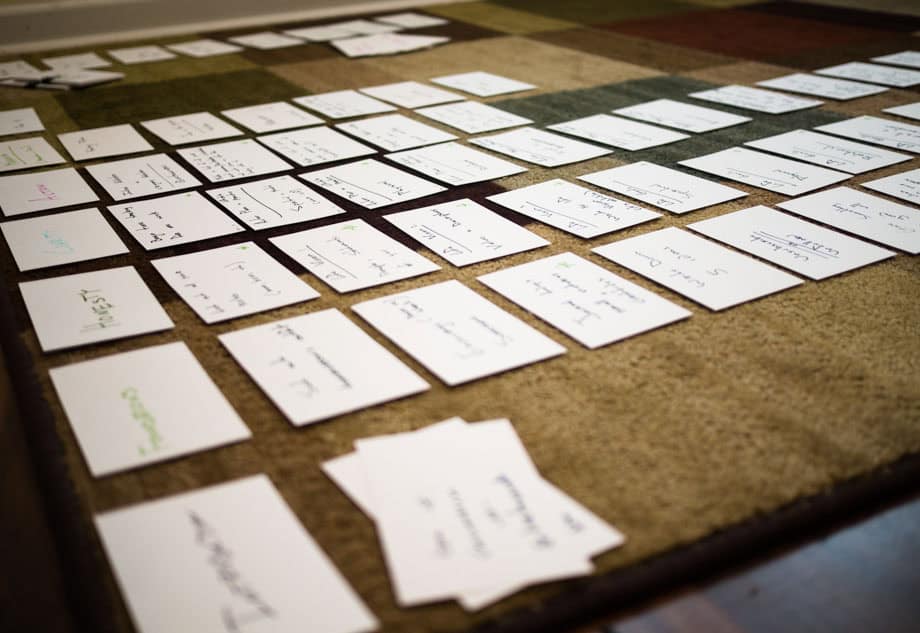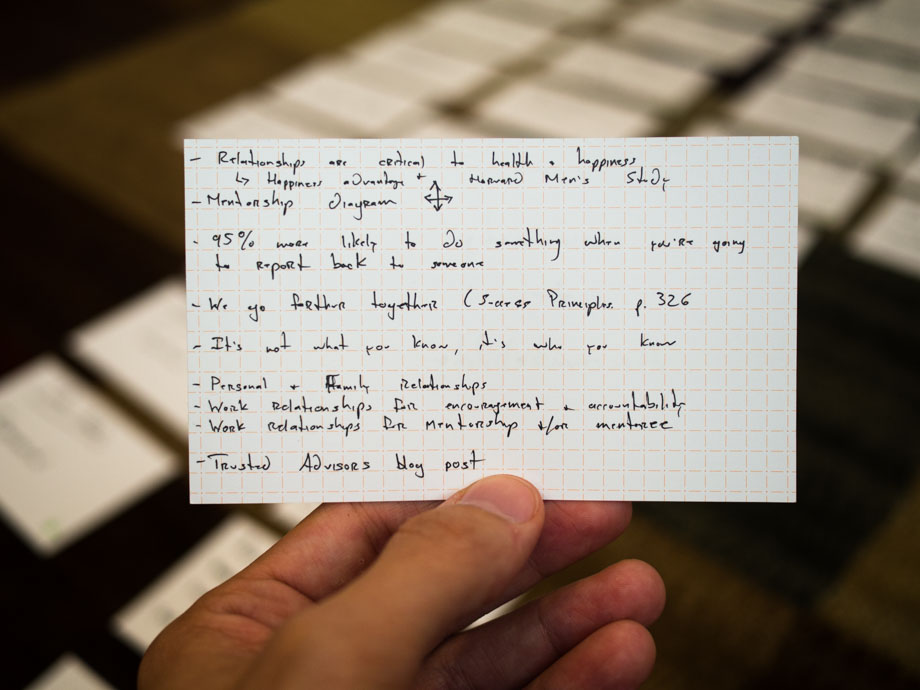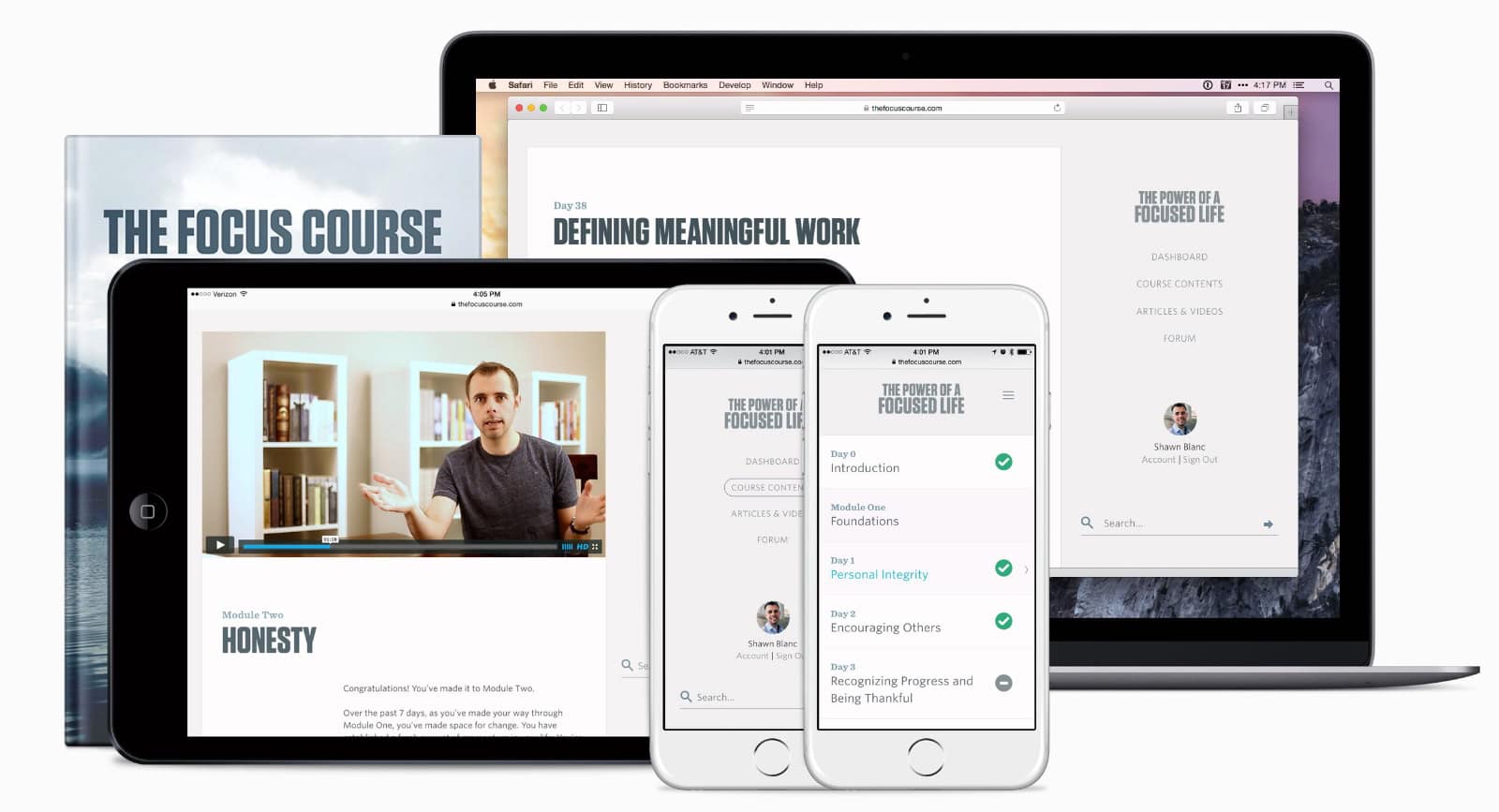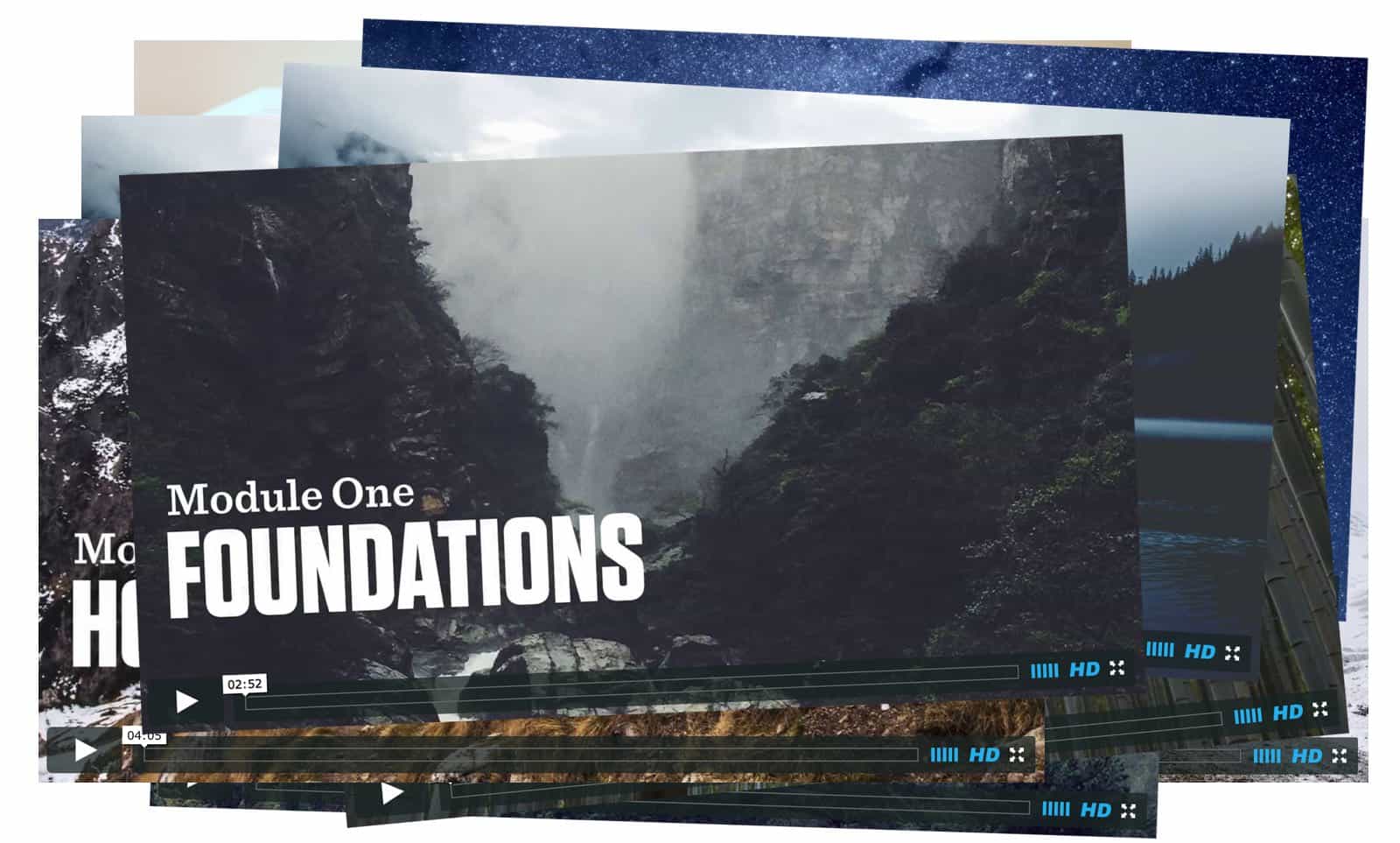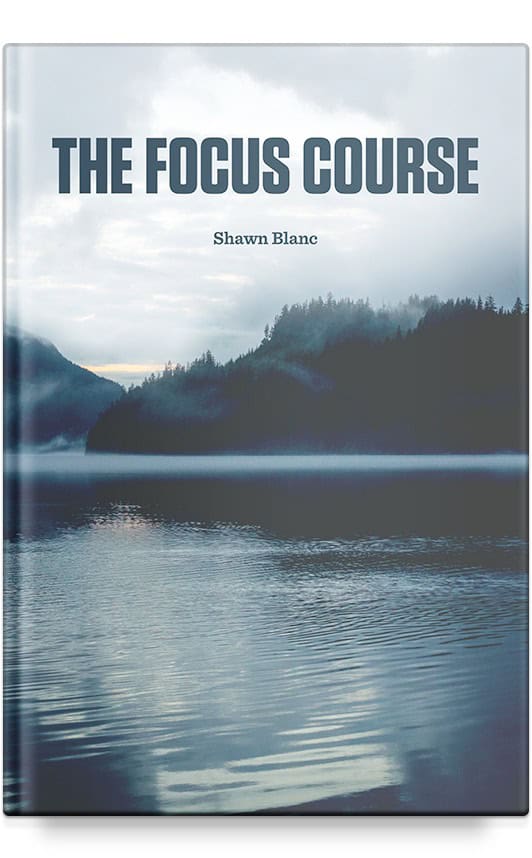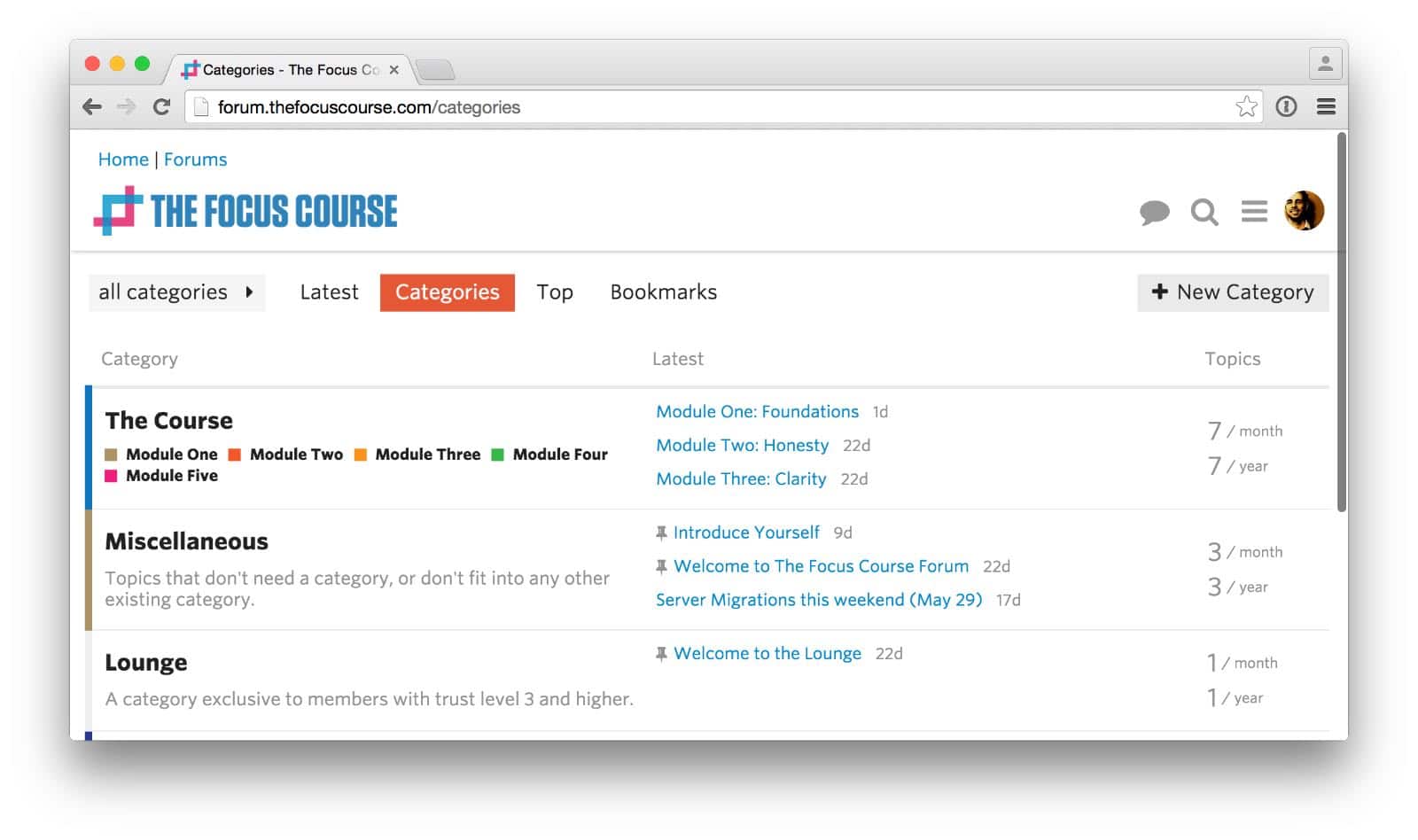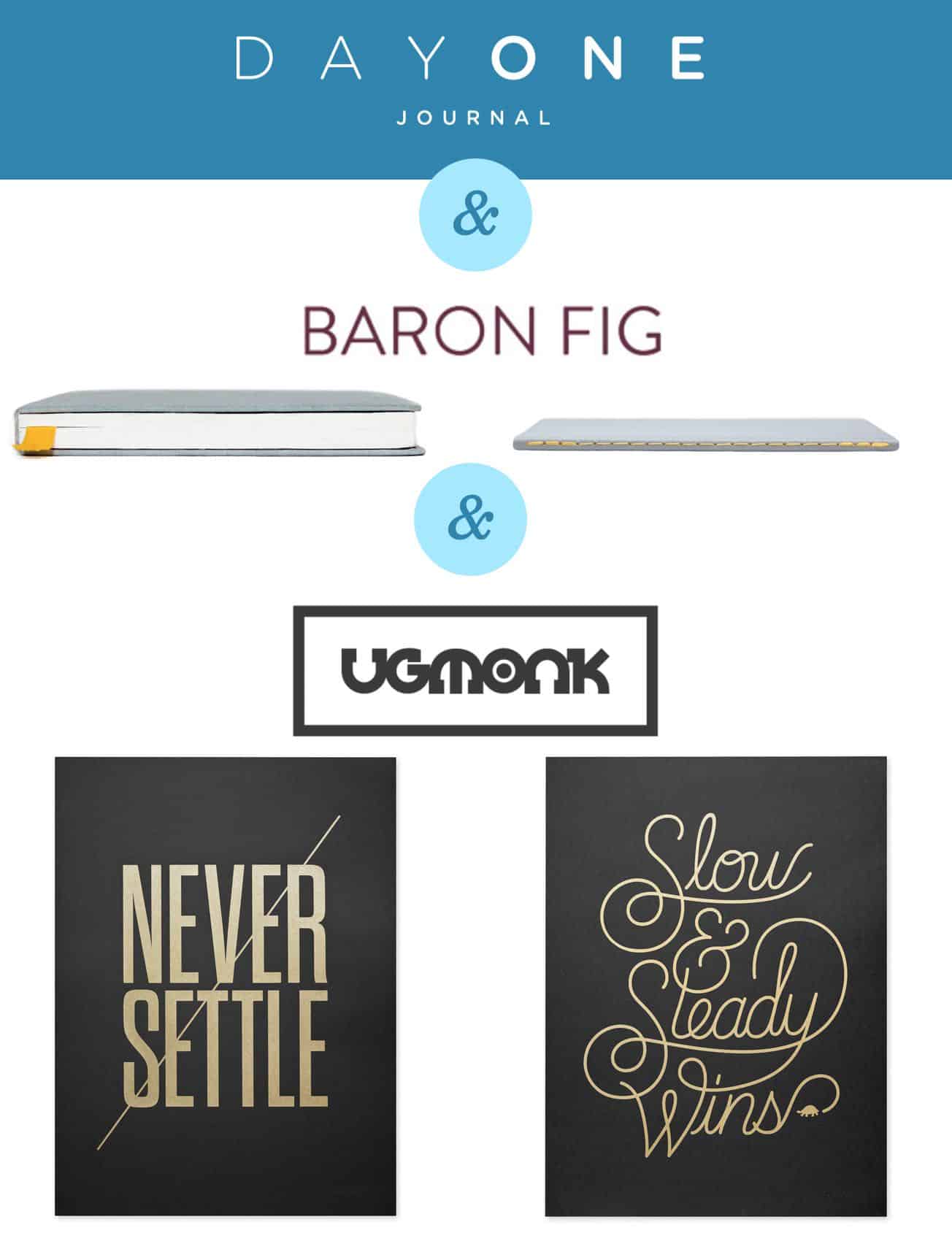Scott Belsky wrote an article a while back about how to find your Work Sweet Spot.
Your Work Sweet Spot is where you will have the greatest job fulfillment and satisfaction as well where you will give the greatest contribution to the field and provide the most value.
This sweet spot is found at the intersection of (1) your natural interests and preferences, (2) your skills and expertise, and (3) your opportunity stream.
Belsky writes:
Over the years, I have met many creative leaders and entrepreneurs that have made an impact in their respective industries. No surprise, they love what they do. But when I ask probing questions about their career paths, it becomes clear that their good fortunes were not predestined. Aside from lots of hard work, great creative careers are powered by an intersection of three factors: Genuine Interest, Skills, and Opportunity.
The same thinking applies to successful creative projects. The magic happens when you find the sweet spot where your genuine interests, skills, and opportunity intersect.
Your interest and preferences are the things you are naturally drawn toward. How are you wired, what fascinates you, what do you daydream about?
Your skills are the things you’re talented at. For some it’s math, for others it’s art, or project planning, or counseling, or playing sports.
Ned Herrmann, author of The Creative Brain, and the man behind the Whole Brain model writes that: “To prefer something is to be drawn to it, to have a taste for it. Competency has to o with acquired knowledge and professional experience.”
Herrmann also writes that “true mastery in a specific domain can only be achieved in those areas that converge with our preferences.”
But mastery alone is not enough to have successful impact in that area. Now, of course, not everyone wants to have successful impact. But if you do, then you need opportunities to contribute to something bigger.
Which is why I want to unpack a bit more about what Scott Belsky calls the Opportunity Stream:
The third factor that plays into every successful career is opportunity. Unfortunately, this is often where we get stuck, discounting the potential opportunities that surround us as inadequate. There is no such thing as equal access to opportunity. Old boy networks and nepotism run rampant in all industries. And most opportunities are entirely circumstantial. As such, you must simply define “opportunity” as an action or experience that brings you a step closer to your genuine interest. Opportunity is less about leaps forward and more about the slow advance. Most folks I meet recall their greatest opportunities as chance conversations. This is why personal introductions, conferences, and other networking efforts really pay off. Just surrounding yourself with more activity will inherently increase your “opportunity stream” – the chance happenings that lead to actions and experiences relevant to your genuine interests.
What does opportunity look like?
Belsky defines opportunity as an action or experience that brings you a step closer to your genuine interest.
As Belsky also says, these opportunities are usually slow advances. They are the little things that, in the moment, may seem inconsequential, but in hindsight prove to have been kairos moments.
Benjamin Franklin said that, “Human felicity is produced not as much by great pieces of good fortune that seldom happen as by little advantages that occur every day.”
Here are a few examples of actions or experiences that can bring you a step closer to your genuine interest, and ideas for how to find and create more actions and experiences.
- Build and Foster Relationships: By far and away, the best “stream” for opportunity is with the people you know. They say if you’re out of sight you’re out of mind; and the opposite is true as well.
Do you know what your most important relationships are right now? What are you doing to foster genuine relationships with people who are in the same area you are interested in?
- Meet New People:Go to conferences. Go to local meet-ups. Introduce yourself to someone. Send encouraging emails to people that also offer a nugget of value to that person. And repeat. Keep fostering, maintaining, and building relationships.
As I wrote a while back when I attended my first Macworld conference:
I’m not here as a journalist with the goal of covering this Apple-centric event so much as I am here to meet the Mac nerds I am privileged to work alongside all year long.
A handshake and a “nice to meet you” is worth so much more than an @reply. A conversation over a cup of coffee is better than two dozen emails.
- Encourage the People You Already Know: In his book, The Happiness Advantage, Shawn Achor says that social support is our single greatest asset when it comes to success in “nearly every domain of our lives, including marriage, health, friendship, community involvement, creativity, and in particular, our jobs, careers, and business,” and that random acts of kindness (such as encouraging others) are one of the most significant ways we can boost social support and, in turn, increase our own happiness.
Achor writes:
When we have a community of people we can count on — spouses, family, friends, colleagues — we multiply our emotional, intellectual, and physical resources. We bounce back from setbacks faster, accomplish more, and feel a greater sense of purpose. Furthermore, the effect on our happiness, and therefore on our ability to profit from the Happiness Advantage, is both immediate and long-lasting.
Achor has conducted many studies and tests at different companies where employees were tasked with writing a 2-minute email to someone in their social support network (a friend or family member) as the first thing before they began their work day. They did this every day for 21 days, the result was a noticeable increase in employee happiness which, in turn, increased productivity, creativity, resiliency, confidence, learning skills, energy, and motivation.
And in an article entitled “Pay It Forward“, Karen McGrane wrote:
Not everything in our professional lives is a transaction, scrutinized and evaluated against how much it costs us, how much someone should pay. Not every teaching relationship must be formalized—a mentoring opportunity, a coach, an internship. Not every investment of time has to be “worth it.” Sometimes you just have a brief conversation with someone because—why not? You never know what will come of it.
- Practice and Improving at Your Skill: They say opportunity finds you working. And while there is (obviously) a lot of value in the opportunity stream itself, you also need to be prepared. And so, yes, do something every day that will bring you a step closer to your genuine interest. But also do something every day that will help you improve your skills, competency, or knowledge in that area.
-
Show Up Every Day: Another way to increase your stream of opportunity is to do your best creative work every day and share it with others. If your genuine interest is technology, then what is one thing you can do every day that will increase the activity happening around that topic for you?
-
Create Opportunities for Others: Become awesome at word of mouth marketing for the people, products, and services you find great value in.
For example: I often get emails from readers who are wanting to build a website and are in need of a designer / developer. They ask me if I have a recommendation, and naturally I tell them about the people I know and have worked with in the past.
Don’t shy back from introducing people to one another, or from introducing your friends and social network to great products or services.
* * *
Again, as Belsky wrote, simply surrounding yourself with more activity will inherently increase your Opportunity Stream. Get around other people; go to more events; encourage people more frequently; provide value to others.
When I wrote about building better defaults, this is exactly the sort of application I had in mind.
What is one action or experience you can do today that will move you one step closer to your genuine interest?


